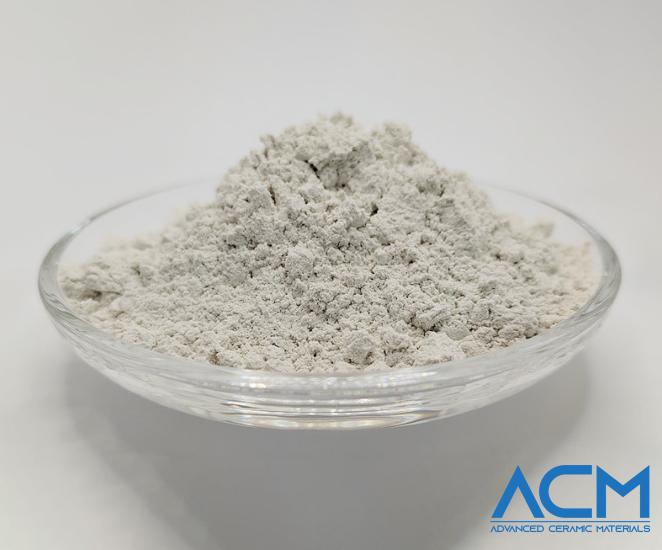SN1938 Silicon Nitride Nozzle and Cover, Si3N4
- Catalog No. SN1938
- Material Silicon Nitride
- Color Black
- Density 3.21 g/cm3
- Flexural Strength 800 MPa
- Fracture Toughness 6.5 MPam 1/2
- Thermal Stress Parameters 569 K
Inquiry
SN1938 Silicon Nitride Nozzle and Cover, Si3N4
Silicon Nitride Nozzle and Cover Description
Silicon nitride nozzle and cover is a man-made composite product synthesized through several different chemical reaction methods. Due to its even performance in high temperatures, Si3N4 is a commonly used ceramic material in the metallurgical industry. It has excellent thermal shock resistance due to the microstructure. The creep and oxidation resistance of Si3N4 is also superior, its low thermal conductivity and high wear resistance also make it an outstanding material that can withstand conditions of most industrial applications.
The silicon nitride nozzles and covers have the characteristics of oxidation resistance, high-temperature strength, and less sputter adhesion, which can prolong the service life of the welding parts.
There are 5 different methods to produce silicon nitride ceramic including SRBSN, GPSN, HPSN, HIP-SN, and RBSN, making the application and working material different slightly. In these 5 methods of production, GPSN is most commonly used to produce Si3N4 components.
Silicon Nitride Nozzle and Cover Specifications
GPSN
| Color | Grey |
| Density | 3.21 g/cm3 |
| Compressive Strength | 3000 MPa |
| Flexural Strength | 800 MPa |
| Weibull-Modulus m | 15 |
| Fracture Toughness KIc | 6.5 MPa m^1/2 |
| Young's Modulus E | 320 GPa |
| Poisson Ratio | 0.28 |
| Hardness Vickers (HV 1) | 16 GPa |
| Maximum Temperature (Inert Gas) | 1200°C |
| Maximum Temperature (Air) | 1100°C |
| Thermal Conductivity @ 20°C | 28 W/mK |
| Thermal Conductivity @ 1000°C | 16 W/mK |
| Thermal Expansion (20–100°C) | 2*10-6/K |
| Thermal Expansion (20–1000°C) | 3.510-6/K |
| Thermal Shock parameter R1 | 600 K |
| Thermal Shock parameter R2 | 15 W/mm |
| Resistivity at 20°C | 10^12 Ωcm |
| Resistivity at 800°C | 10^7 Ωcm |
| Dielectric constant | 6 MHz |
Silicon Nitride Nozzle and Cover Applications
Silicon nitride nozzle and cover are ideal for applications with high dynamic stresses, thermal rigor, and demanding reliability requirements.
Request a Quote
-
Attachment (Optional)
No file chosen









